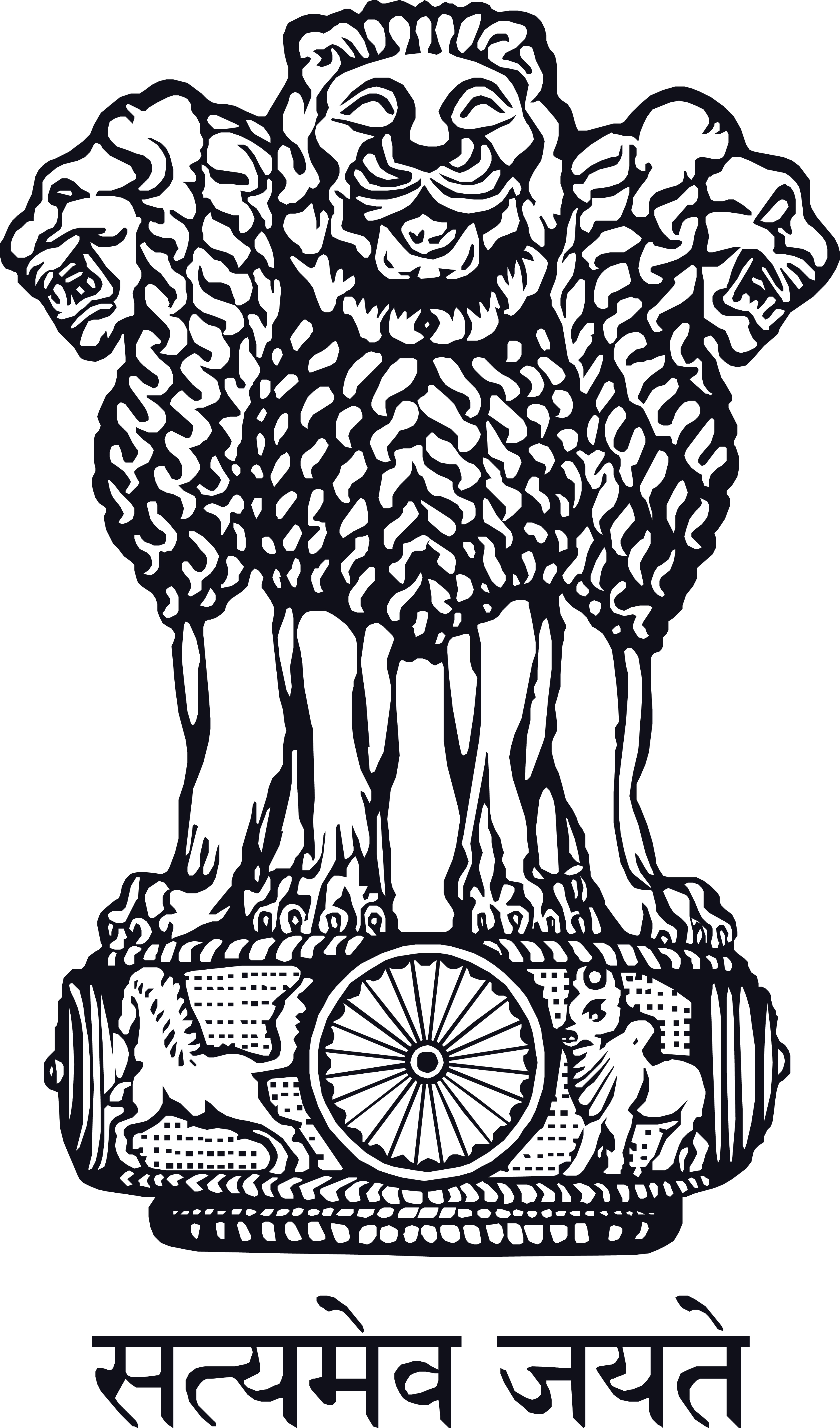Pharmacotherapy
Introduction:
Siddha (chemico-philosophical system) is one of the ancient systems of medicine. According to Siddha, there are 4448 types of diseases and 64 types of medicines (32 types of internal medicines and 32 types of external medicines). The Siddha system is having potential in curing diseases.
Details about pharmacotherapy are as follows:
-
Raw drugs in Siddha
-
Suddhi of raw drugs
-
Siddha pharmacology
-
Diagnostic method in Siddha
-
Treatment
Gunapaadam (Siddha Pharmacology):
Gunam means properties of drugs, paadam means detail study. Gunapaadam means detailed study of drugs. Siddha medicine was discovered by Siddhars who were the greatest scientist both in material and spiritual aspects of ancient days. Gunapaadam(Siddha pharmacology) is dealing with this comprehensive subject of the ancient chemico-philosophical system.
The universe and human bodies are composed of primordial elements of panchabhudham which are Nilam (earth), Neer (water), Thee (fire), Vali (air), Visumbu (space). So Gunapaadam (Siddha pharmacology) is mainly based on the Panchabhudham and Suvai (taste).
According to panchabhudham concept, moolapporutkkal (crude drugs) are divided into 5 classifications which are as follows:
-
Nila (earth) kooru moolapporutkkal (raw drugs)
-
Neer (water) kooru moolapporutkkal (raw drugs)
-
Thee (fire) kooru moolapporutkkal (raw drugs)
-
Vali (air) kooru moolapporutkkal (raw drugs)
-
Agaayam (space) kooru moolapporutkkal (raw drugs)
Suvai (Taste) has got a significant place in Siddha. Our tongue experiences these tastes when drug is administered orally. The taste parameter reveals the dynamic of Siddha preparations. Six tastes are known as sweet, sour, salt, pungent, bitter and astringent. These are:
| Suvai (Taste) |
Bhudhaamsam (Elements) |
| Inippu (Sweet) |
Man (earth) + Neer (water) |
| Pullippu (Sour) |
Man (earth) + Thee(fire) |
| Uppu (Salt) |
Neer (water) + Thee(fire) |
| Kaippu (Bitter) |
Vali (air) + Vin(wind) |
| Kaarppu (Pungent) |
Vali (air) + Thee (fire) |
| Thuvarppu (Astringent) |
Man (earth) + Vali (air) |
According to suvai(taste) concept, moolapporutkkal (raw drugs) are divided into 6 classifications which are as follows:
-
inippu(sweet) suvai(taste) moolapporutkkal (raw drugs)
-
pulippu(sour) suvai(taste) moolapporutkkal (raw drugs)
-
uppu(salt) suvai(taste) moolapporutkkal (raw drugs)
-
kaippu(bitter) suvai(taste) moolapporutkkal (raw drugs)
-
kaarppu(pungent) suvai(taste) moolapporutkkal (raw drugs)
-
thuvarppu(astringent) suvai(taste) moolapporutkkal (raw drugs)
Gunam (Property) Siddha has described twenty-one properties, which are comparable to physical and pharmacological activity of the drugs. Each property described has a specific role to play in Siddha drug formulation.
Veeriyam (potency) is described as an active constituent of the drug. This constituent is responsible for pharmacological activity of the medicinal herb and other drugs. The drugs have cold and hot potency.
Vemmai (hot) potency is neutralize the Vaathamkkuttram and kabhakkuttram.
Thanmai (cold) potency is neutralize the Pithamkkuttram.
Vipaham and prabhavam parameters are comparable with drug mechanism and therapeutic activity of the drug.
Moolapporutkkal (Raw drugs in Siddha):
In Siddha, there exist three types of moolapporutkkal (raw drugs) for the preparation of the drugs.
The classification of the moolapporutkkal is as follows:
-
Mooligai(Plant kingdom)
-
Dhatu(Metals & other Mineral kingdoms)
-
Jeevam(Animal kingdom)
Mooligai (Plant kingdom)
In Siddha, more than 1500 plants are in use. According to Siddha, mooligai is divided into 11 subdivisions as per the part used.
The subdivision of mooligai is as follows:
-
Vergal (Roots) used medicinal plants
-
Tharaikeezh thandugal (Rhizome, Bulb, Tuber, Corn) used medicinal plants
-
Thandugal & Kattaigal (Stems & Woods) used medicinal plants
-
Pattaigal(Barks) used medicinal plants
-
Puttrugal(Galls) used medicinal plants
-
Puttrugal(Galle) der verwendeten Heilpflanzen
-
Malargal(Flowers) used medicinal plants
-
Kanigal(Fruits) used medicinal plants
-
Vidhaigal(Seeds) used medicinal plants
-
Samoolangal(Whole plants) used medicinal plants
-
Konthu & Pisin (Resin & Pisin) used medicinal plants
Dhatu (Metals & other Mineral kingdoms)
In Siddha, 220 minerals are used. According to Siddha, dhatu is divided into 4 subdivisions as per the component.
The subdivision of dhatu is as follows:
-
Ulogam (Metals)-11
-
Karasaaram (Minerals)-25
-
Pashanams (Mercury & Arsenic compound)-64
-
Uparasams (Other minerals)-120
Jeevam (Animal kingdom)
In Siddha, Jeeva porutkkal from ant to elephant are used.
Collection of the medicinal plants:
All Siddhars observe certain taboos while collecting the medicinal plants. They see to it that their shadow does not fall on the plant and face east while collecting it. They believe that the shadow blocks the life-giving rays or healing power of the sun that is continuously transmitted to the medicinal plants through light. Before collecting the plant Siddhars utters a prayer to the sun and also to the plant requesting for its efficacy and quick relief to their patients.
Plants are growing in so many regions like hills, forests, etc. In the hill stations, plants are having immense medicinal efficacy as compared to other stations.
Suddhi(Purification & Concentration):
The first step of the preparation of the drugs is suddhi. During suddhi, the moolaporutkkal (raw drugs) are purified, processed and concentrated well.
For eg: iron is processed with naval (Syzygium cumini) fruits juice, the impurities are removed and thereafter purified and concentrated.


